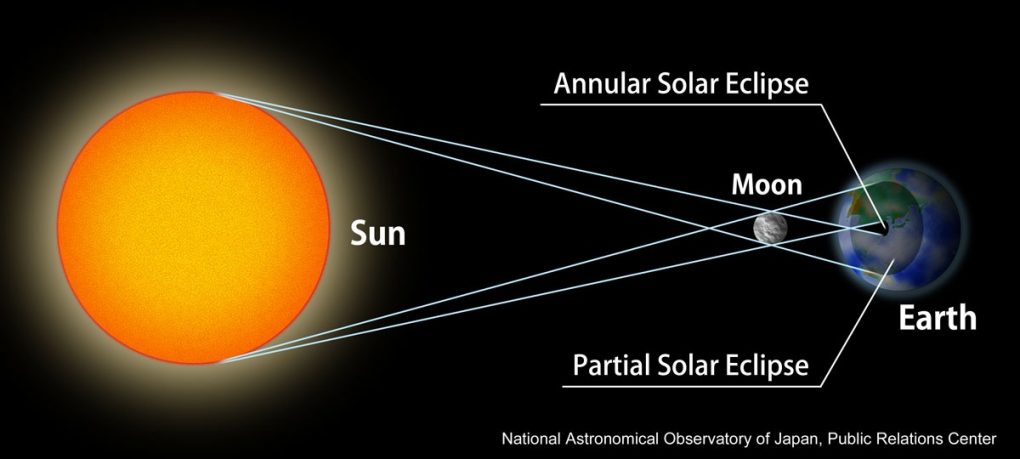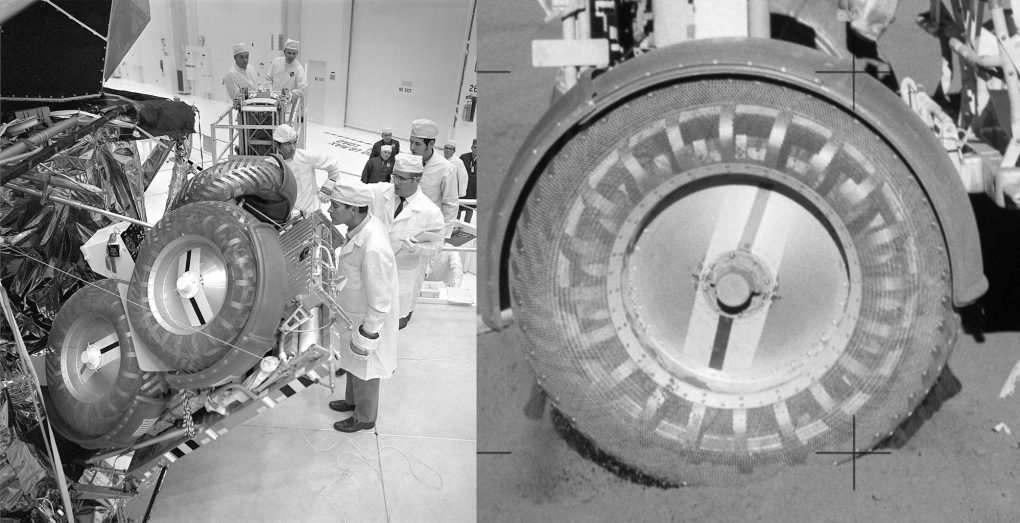 Dr Adams knows more than you about space and he’s a BMXer…
Dr Adams knows more than you about space and he’s a BMXer…
Dr Thomas Adams grew up near Bristol, and used to ride BMX before injuries got the better of him. “Thats what you get for a combination of too much enthusiasm and not enough skill” he says. Dr Adams went to Cardifff University where he did a Masters degree and then PhD in Astrophysics. He’s currently doing research in a laboratory in Annecy, in the French Alps, which is about 25 miles south of Geneva. “I’ve always liked space, mechanics, and discovering new things and so this has kept me motivated to pursue a career in Astrophysics”.
So we sat down and asked him a bunch of questions about trying to ride BMX on the Moon! I mean what else would you ask an Astrophysicist…..

Hello Dr Adams. Today the UK will be plunged into darkness thanks to the partial eclipse of the Sun by our Moon. Do you know how long it would take for your average BMXer to pedal to the Moon?
The the Moon is about 240 thousand miles away, so if you were riding at 10mph it would take you over 2.7 years to get to the Moon. But the Moon is actually the closest astrophysical object to the Earth. The Sun for comparison is 93 million miles away, and to ride to the Sun on your BMX it would take you over 1000 years.
If, for some insane reason like the world coming to an abrupt end we had to populate the Moon. What would it be like trying to ride BMX there? How would the gravity affect the way we ride? and would we be able to jump/hop way higher?
The gravity on the surface of the Moon is about one sixth of that on the Earth, so you should be able to jump six times as high using the same force.
Riding on the Moon, if we crashed would it be less severe than on Earth?
Sadly it is still going to hurt if you fall over but you will fall more slowly as the gravity is less, and so you will accelerate more slowly. You may also fall over more, as in low gravity environments it can be very difficult to keep your balance. This was demonstrated by NASA Apollo 17 mission moonwalker Jack Schmitt when he took a tumble in 1972.
Is it true that when we’re looking at the Moon from Earth we only ever see one side of it?
This is true, the Moon takes 29.5 earth days to rotate on its axis, which is the same amount of time it takes to orbit the Earth, and so from the Earth we only see one side of the Moon.
It’s common knowledge that E.T was a BMXer. Do you believe in aliens?
The Universe is so incredibly huge, and long lasting, that I think it’s likely there is life somewhere else in the Universe. However, for that same reason I don’t think we will ever get to be in contact with any either sadly.
Is it true that the Moon is gradually moving away from the Earth, subsequently making the gravitational pull here less strong? Because of this, in like one million years time will BMXers be able to hop higher on their bikes, like by quite a distance?
Yes, the Moon it slowly moving away from the Earth at around 4 centimetres per year. This makes the days on Earth 1 second longer every 50 thousand years, so this will have no noticeable effect for millions of years.

Generally we run like 60-100 PSI in our tyres here on Earth. What would we have to run on the Moon?
Sadly no bike tyres are going to hold out on the Moon. The surface of the Moon is a vacuum and the temperatures range from -170c to 120c. The wheels of the Moon Rover were made of a metal mesh with metal plates for traction, so perhaps NASA would be kind enough to make a 20 inch pair.
If space, time our Earth and the whole Universe started from a single point (the big bang) and it’s all constantly expanding, what is it expanding in to?
The answer to this depends if the Universe is infinite or not, which we do not know yet. If the Universe is infinite, then the answer is nothing, as an infinite Universe would have no edges. But if the Universe is finite, we are unable to see the edges, as we can only look out into the Universe as far as light could have traveled in the age of the Universe, 13.8 billion light years. Therefore we do not know, but just 100 years ago we didn’t even know there were other Galaxies besides our own, so this is one of the great questions that is yet to be answered.






Share